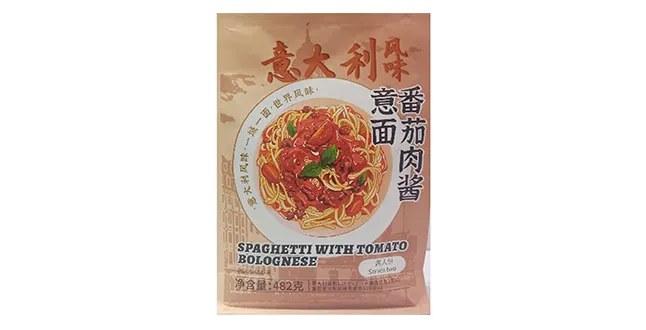Are Noodles a Healthy Choice for People with Diabetes?
Is Noodle Good for Diabetics?
When it comes to managing diabetes, diet plays a crucial role in maintaining blood sugar levels and overall health. Carbohydrates, particularly, have a significant impact on blood glucose. Noodles, a staple in many diets around the world, raise the question are they a suitable food choice for diabetics?
Understanding Noodles
Noodles come in various forms, such as wheat, rice, and even alternatives like quinoa or buckwheat. Traditional wheat noodles, including spaghetti and ramen, are made from refined flour, which can cause a rapid increase in blood sugar levels. This is due to their high glycemic index (GI), which measures how quickly a food raises blood sugar compared to pure glucose.
The Glycemic Index
The glycemic index is an essential tool for diabetics. Foods with a low GI (55 or less) cause a slower, more gradual increase in blood sugar, making them better choices for diabetes management. In contrast, foods with a high GI (70 or above) can lead to spikes in blood sugar levels. Traditional white pasta typically falls into the medium or high GI category, while whole-grain pasta has a lower GI.
Whole Grain vs
. Refined NoodlesWhen considering noodles in a diabetic diet, the type of noodle matters significantly. Whole grain noodles are made from the entire grain kernel, retaining more fiber, vitamins, and minerals. The fiber content plays a crucial role in stabilizing blood sugar levels, as it slows down carbohydrate absorption. As a result, whole grain noodles provide a healthier alternative to their refined counterparts.
On the other hand, refined noodles lack this fiber and nutrients, making them less favorable for those with diabetes. Whole grain noodles can be a better option because they can help in the management of blood sugar levels while still providing satisfaction.
is noodle good for diabetics

Portion Control
Another important factor to consider is portion control. Even when choosing whole grain noodles, moderation is key. Large servings can contribute to excessive carbohydrate intake, potentially leading to elevated blood sugar levels. It’s essential for diabetics to measure their portions and balance their meals with proteins and healthy fats, which can further stabilize blood sugar levels.
Additional Noodle Alternatives
For those who want to enjoy noodles without the carbohydrate spike, several alternatives are available. Vegetable-based noodles, like zucchini or spaghetti squash, are low in carbohydrates and high in nutrients. Similarly, shirataki noodles, made from konjac yam, are low-calorie and low-carb, making them suitable for diabetics. These alternatives can help enrich meals without compromising blood sugar control.
Creating Balanced Meals
When incorporating noodles into a diabetic meal plan, it's vital to consider the entire plate. Combining noodles with non-starchy vegetables, lean proteins, and healthy fats can improve the meal’s overall nutritional profile. For instance, a stir-fry with whole grain noodles, an array of colorful vegetables, and grilled chicken can create a satisfying dish that supports blood sugar management.
Conclusion
In conclusion, while traditional noodles may not be the best choice for diabetics, there are healthier alternatives available. Whole grain noodles can be included in a diabetic-friendly diet in moderation. It’s also wise to consider portion sizes and balance meals with other healthy foods. There are many noodle alternatives that can make enjoying a variety of dishes easier for those managing diabetes. As always, it’s best to consult with a healthcare provider or a registered dietitian to tailor dietary choices to individual needs and preferences. Keeping these factors in mind allows for a suitable approach to noodle consumption, ensuring both enjoyment and health management.
-
Unleash Your Inner Chef with Delectable Italian Pasta CreationsNewsAug.01,2025
-
Savor Health and Flavor: Irresistible Soba Noodles for Sale Await!NewsAug.01,2025
-
Nourish Your Body with Premium Organic Ramen - A Culinary Delight AwaitsNewsAug.01,2025
-
Elevate Your Dishes with Our Exquisite Kinds of Egg NoodlesNewsAug.01,2025
-
Dive into Flavorful Convenience with Our Ramen OfferingsNewsAug.01,2025
-
Discover Exquisite Types of Naengmyeon and Chilled Soba NoodlesNewsAug.01,2025
-
Is Whole Wheat Pasta Healthy?NewsMay.30,2025
Browse qua the following product new the we

















































































































